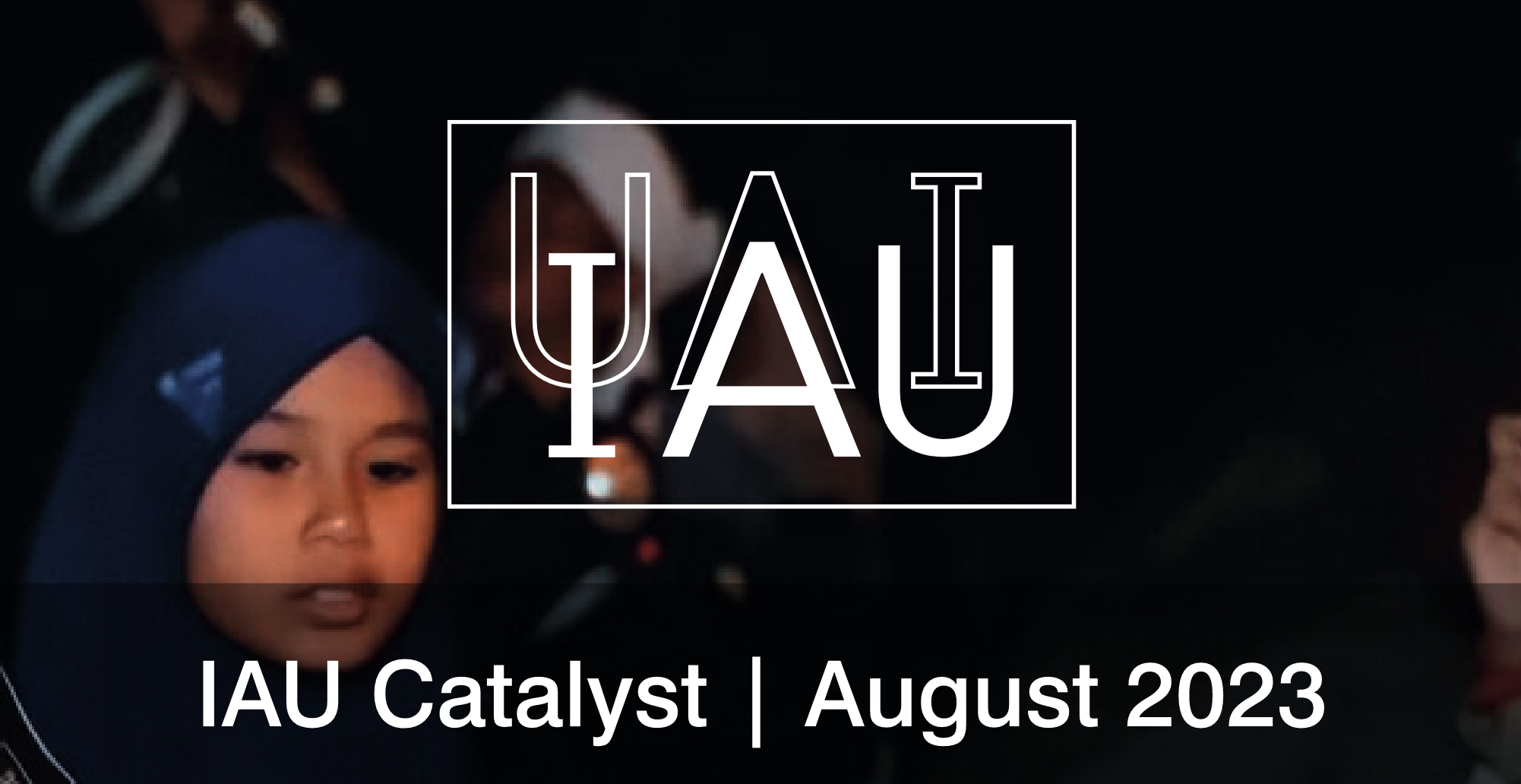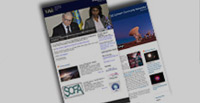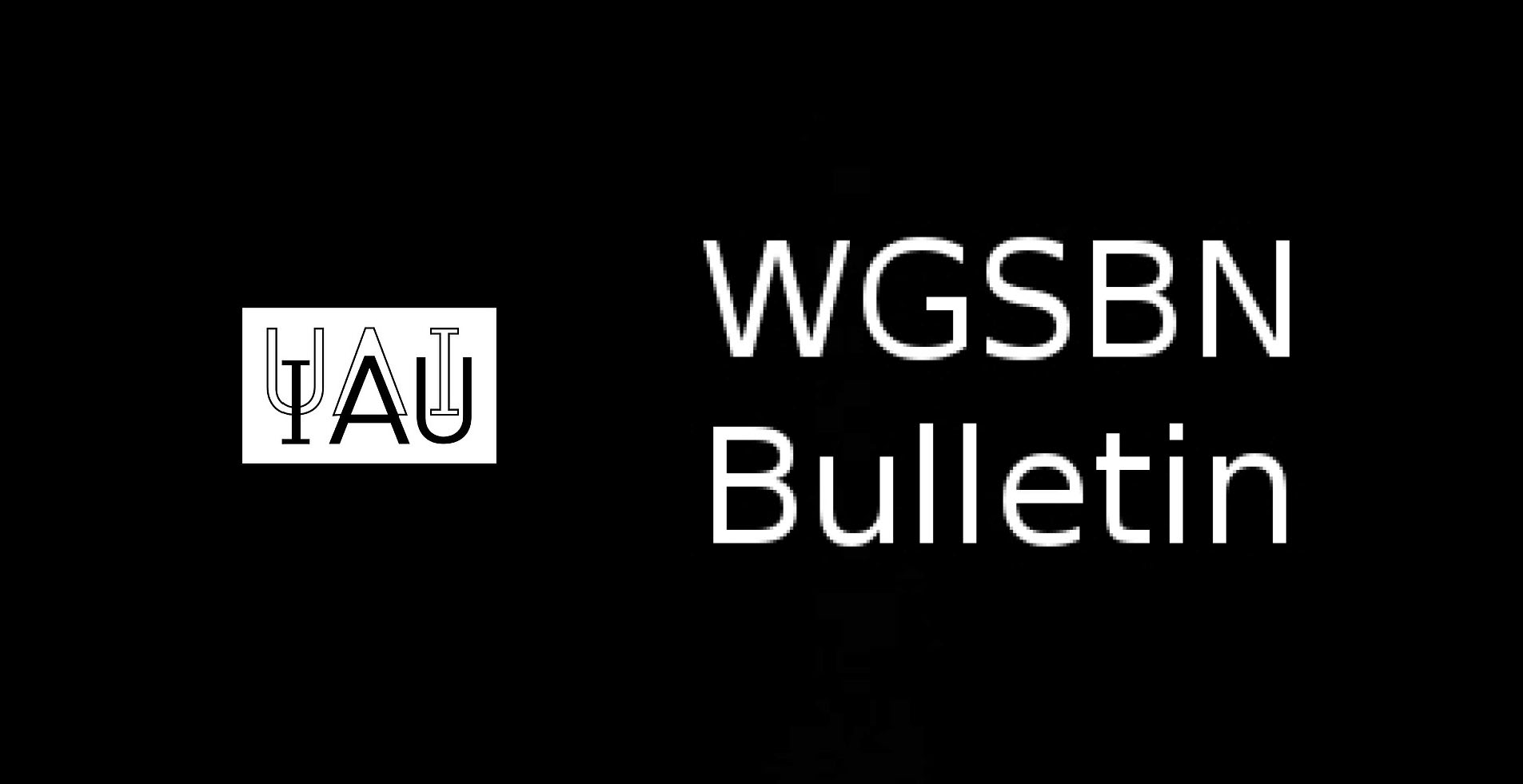- News
- Science
- Scientific Bodies
- Divisions
- Commissions
- Commission A1 Structure
- Commission A2 Structure
- Commission A3 Structure
- Commission A4 Structure
- Commission B1 Structure
- Commission B2 Structure
- Commission B3 Structure
- Commission B4 Structure
- Commission B5 Structure
- Commission B6 Structure
- Commission B7 Structure
- Commission C1 Structure
- Commission C2 Structure
- Commission C3 Structure
- Commission C4 Structure
- Commission C5 Structure
- Commission D1 Structure
- Commission E1 Structure
- Commission E2 Structure
- Commission E3 Structure
- Commission E4 Structure
- Commission F1 Structure
- Commission F2 Structure
- Commission F3 Structure
- Commission F4 Structure
- Commission G1 Structure
- Commission G2 Structure
- Commission G3 Structure
- Commission G4 Structure
- Commission G5 Structure
- Commission H1 Structure
- Commission H2 Structure
- Commission H3 Structure
- Commission H4 Structure
- Commission J1 Structure
- Commission J2 Structure
- Commission J3 Structure
- Commission X1 Structure
- Commission X2 Structure
- Past Commission Organising Committees
- Working Groups
- Centres
- Scientific Meetings
- Rules & Guidelines
- General Assemblies
- Meeting Proposals
- Future IAU Meetings
- General Assemblies
- EC Meetings
- Officers' Meetings
- Regional Meetings
- Symposia
- Focus Meetings
- Institutional Meetings
- IAU Offices Meetings
- IAU-Sponsored Meetings
- Letters of Intent submitted for 2024
- Letters of Intent submitted for 2023
- Letters of Intent submitted for 2022
- Letters of Intent submitted for 2021
- Letters of Intent submitted for 2020
- Past IAU Meetings
- Templates
- Other Meetings
- Grants & Prizes
- Scientific Bodies
- Publications
- IAU Publications
- IAU Strategic Plan
- Symposia
- WGSBN Bulletins
- Regional Meetings
- Information Bulletins/Catalyst
- E-Newsletters
- Focus Meetings
- Transactions A
- Transactions B
- Related Publications
- GA Newspapers
- CAPjournal
- IAU Books
- Brochures
- IAU Offices
- WG Reports
- Commission Reports
- Division Reports
- Past IAU Publications
- Rules, Guidelines and Instructions for Proceedings
- Publishers
- IAU Publications
- Administration
- About the IAU
- Statutes & Rules
- IAU Policies
- IAU Executive Bodies
- IAU Secretariat
- Resolutions
- Members Administration
- Administrative Dates & Deadlines
- International Organisations Relations
- Donate to the IAU
- Training in Astronomy
- Astronomy for Education
- Astronomy for Development
- Astronomy for the Public
- Office for Astronomy Outreach
- FAQ
- Themes
- Satellite Constellations
- Astronomy in Everyday Life
- How to Report a Discovery
- Careers in Astronomy
- Defining our Place in the Cosmos
- The Constellations
- Light Pollution
- Measuring the Universe
- Near Earth Objects
- How to Participate in Astronomy Research
- Naming of Astronomical Objects
- Naming of Exoplanets
- Buying Star Names
- Naming Stars
- Pluto and the Solar System
- IAU Member Statistics
- Our Moon: the Moon
- Meteors & Meteorites: The IAU Definitions of Meteor Terms
- UNESCO-IAU Portal to the Heritage of Astronomy
- Social Media
- Past Events
- Call for Online Resources
- Astronomy@Home Awards
- Contact
IAU Focus Meetings (GA)
FM 21: Mitigating Threats of Light Pollution & Radio Frequency Interference
Start date/time
August 11, 2015
End date/time
August 13, 2015
Place
Honolulu,
United States
Contact
Constance Walker
cwalker@noao.edu
Coordinating Division
Division B Facilities, Technologies and Data Science
Other Divisions:
C
Co-Chairs of SOC:
Richard Green (University of Arizona)
Malcolm Smith (CTIO)
Richard Wainscoat (University of Hawaii)
Constance Walker (NOAO)
Topics
- Faint object observational programs and requirements for dark skies
- Advances in LED technology and options for spectral management
- Issues in Radio-Frequency Site Protection
- Progress in protection of specific OIR observing sites
- Astronomy, National Parks, World Heritage Sites, and Dark Sky Protection
- Extending legal protection in an anti-regulatory environment
- Light Pollution’s Effect on Wildlife and Human Health
- Light Pollution Issues Related to Development and Population Growth
- Communicating Awareness and Action with the Public
- Progress and Action Plan for implementing IAU 2009 Resolution B5
Rationale
Protecting sites (including observatories and World Heritage sites) through slowing and reversing the encroachment of light pollution requires engaging IAU members and the public on several levels. These actions include producing long-term sky brightness data intercomparable with broader public monitoring programs; taking opportunities to educate the public about the value of dark sky preservation; interacting with policy makers and public agencies ranging from localities to the UN to provide legal protection and enforcement for dark sky zones; and interacting with lighting engineers to define dark-sky preserving products and to encourage their deployment. Rapidly advancing solid-state lighting technology and associated promotion is leading to widespread and rapid deployment of blue-rich artificial light sources that threaten to impact a spectral region previously left relatively untouched. Exploring the nature, possible impact, and potential mitigation of this trend is a timely aspect of this session. Similarly, the relentless commercial pressure on use of the broad radio spectrum with the widest possible areal coverage is critical for astronomer attention. With this in mind, the session includes key topics listed above.
Increasing use of artificial light at night has posed a growing threat to the visibility of the night sky, and will soon encroach on the best of the world’s observatory sites. A revolution is now taking place in the rapid acceptance of blue-rich LEDs and other light sources touted as being more energy efficient for outdoor lighting. Many of these sources emit a substantial fraction of their energy in the 400-500 nm range, a spectral region previously spared major impact from the 590nm output of common sodium lamps. Some papers will survey the blue-rich sources now being selected for roadways, buildings, and automobiles, and explore the range of spectral energy distributions. This will be contrasted with the progress in Hawai`i County where sodium streetlights are being replaced with light-emitting diodes that are equipped to filter out blue light.
We note that the imminent replacement of many light fixtures by LEDs presents a rare, once in a lifetime opportunity to replace unshielded fixtures with fully shielded fixtures. This makes the proposed focus meeting particularly timely and urgent. It is critically important that astronomers grasp this opportunity and use it to reduce light pollution and restore darker night skies at observatory sites that have already been compromised, and further protect sites that have been well protected. The population near all major observatory sites is growing quickly, and stronger site protection will be needed to protect these sites into the future.
The urgency of site protection from blue-rich sources depends on the observational programs that rely on observations at wavelengths less than 500 nm. Selected observational papers will highlight key programs now underway, from stellar population studies to selection of faint galaxy populations in the range of 2It is valuable for those engaged in site protection to hear about successes and general experiences in engaging localities, regional, and national governments. As explored in a complementary proposal for a session from Commission 41, the UNESCO World Heritage program may also have yielded some more results for specific sites by the time of this session. At the same time, other sites may be under particular threat – we note the current issues of lighting in remote areas from oil exploration in South Africa and copper mining in Northern Chile and the Southwestern US. Site monitoring is critical to quantifying the impact of light pollution. Mature sites such as Kitt Peak and Cerro Tololo now have long time baselines. The last extreme solar minimum has created some of the darkest sky conditions during these time histories. Disentangling the solar cycle variations from the secular trends is critical to making the case for special protection of sites. Representatives from world sites will be encouraged to report on their programs.
Light pollution has effects beyond our right to view a starry night sky. Effects on energy consumption, human health and wildlife have risen to considerable importance in the last few years. Topics like these are of interest to the general public and in terms of the educational outreach we do as observatory or world heritage sites, it behooves us to include presentations in these areas. In particular, IAU 2009 Resolution B5 “in defence of the night sky and right to starlight” makes the broad case for protection of the dark night sky for socio-cultural and environmental reasons, as well as for the benefit of research astronomy. Commission 50 is one IAU group moving to implement an action plan to work toward the goals of the Resolution. A moderated discussion in this session would focus on technical solutions and site protection as an element of national and international policy.
The increase in Radio Frequency Interference (RFI) due to the explosive growth of modern telecommunications presents a challenge to radio astronomy observatories. Protection of radio astronomy from RFI encompasses measures from international regulations through the International Telecommunications Union (ITU) to national and local legislative protection. For RFI protection of the next generation radio telescopes like ALMA and the SKA, Radio Quiet Zones (RQZ) have been established via national legislation. Technological measures for RFI mitigation are also in development to minimize the impact of RFI on observations. The full range of these topics will be covered and lessons learned will be described and explored.
In summary, the topics in this session will draw on the expertise of members from 4 commissions (Commission 50 on Protection of Existing & Potential Observatory Sites, Commission 41 WG Astronomy and World Heritage, Commission 55 Communicating Astronomy with the Public and Commission 46 Astronomy Education & Development) as well as the Office of Astronomy for Development (which has a program on light pollution in 12 African countries) and CIE Divisions 4 (Lighting and Signalling for Transport) and 5 (Exterior Lighting and Other Applications). To increase the success of the session, the SOC chairs are drawn from the 4 commissions. The cross pollination of these topical areas during the session will advance our understanding of light pollution and radio interference and remedying their effects.
As a footnote, all of the members (and chairs) of the SOC have confirmed their commitment with the exception of two. We are waiting to hear from Masatoshi Ohishi and Baozhou Zhang. Also please note the support of the President of Commission B, 3 Commission C Divisions (Commission 41 WG Astronomy and World Heritage, Commission 46 Astronomy Education & Development, Commission 55 Communicating Astronomy with the Public) and the IAU Office of Astronomy for Development.

















